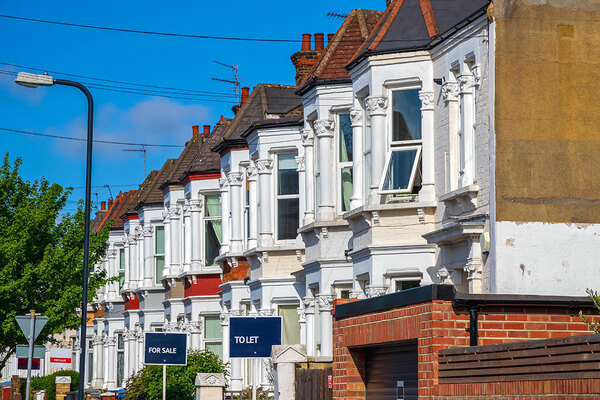You are viewing 1 of your 1 free articles
 Tonia Secker
Tonia SeckerTonia's sector of expertise lies in social and affordable housing and she advises across the sector. She has over 20 years' experience ...more
If now is not the time for a debate about changing the housing system, then when will be?
A report published just before lockdown pointed to a series of key factors in driving the housing crisis. Policymakers must listen, writes Tonia Secker
Coronavirus has forced all of us to re-evaluate what is important as individuals, households and organisations. We assume that government will be in a similarly contemplative mood once the reproduction number is sustained below one.
Ministers have been keen to “level with” the public during the crisis. Perhaps the time has finally come for an honest debate about the future direction of housing.
The facts are that housing of all tenures are generally harder and more expensive to access, homeownership will remain out of reach for many under the current system, and the social housing sector is reduced beyond its ability to provide decent homes at accessible rents to all the low-income households that need them.
The fact that those households include many of the key workers who have been busy trying to keeping the nation alive and operational is an uncomfortable truth.
Published just as we went into lockdown, the non-partisan Affordable Housing Commission’s report, Making the Housing Affordable Again: Rebalancing the Nation’s Housing System, ought to be required reading for ministers both in terms of the questions it asks and the recommendations it makes.
What is affordable housing? Who is it for? Who should provide it? What could make it more affordable? Would a rebalancing of government investment away from the private sector to the social rented sector make any material difference to affordability and supply?
The report explores a number of wide-ranging concepts, including a new definition and measure of affordability, enhanced utilisation of the professional build-to-rent sector, use of land value capture, a recasting of the Right to Buy (RTB) scheme, rent regulation in the private rented sector (PRS), as well as measures to improve the position in the mortgage market of first-time buyers which are relative to buy-to-let landlords.
While there is a general cross-party agreement on the need for more affordable housing for the people on average incomes and below, the report illustrates how the current system’s structure and operation carry us, like a riptide, further away from that goal. The growth of the PRS and its contribution towards housing market stress is one of the report’s most sobering pieces of analysis.
Since 1988, the PRS has almost doubled in size and represents one in five homes. Conversely, the social housing sector has halved and is now the smaller of the two. The causes are well known: contraction in council housebuilding, declining housing association outputs resulting from diminished grant funding, the associated switch to affordable rent, and, critically, the loss of two million homes due to RTB.
The reduction in available social rented homes means more low-income households have to rely on the PRS, ironically occupying some of the many thousands of homes sold under the RTB scheme.
PRS rents are, on average, twice as expensive as social rents, with lower quartile PRS rents almost 30% higher than their social rent counterparts. Higher rents mean a bigger hit on public finances. The PRS now accounts for over 37% of the overall housing benefit bill, yet it represents only 20% of homes.
“While there is a general cross-party agreement on the need for more affordable housing for the people on average incomes and below, the report illustrates how the current system’s structure and operation carry us, like a riptide, further away from that goal”
Unless the system is changed, that figure will continue to increase. The chancellor’s frustration with the rocketing benefit bill is undisguised, so policies which operate to bolster the PRS and further reduce social housing numbers appear perverse in the extreme. Equally perplexing is the generally unremarked fact that the level of public subsidy applied to homes exiting the sector under the RTB at an average £60,000 discount exceeds the grant payable for a new shared ownership home (£39k).
Unsurprisingly the report (like so many eminent predecessors) calls for an increase in social rent homes and recognition that grant funding offers better social and economic returns than housing benefit, including long-term tangible assets upon which funding to support further delivery can be secured.
Above all, this important report provides the basis for a much wider and potentially transformative vision for affordable housing. A vision that views housing as an investment rather than a cost, aligns it with empirical need not political dogma, invites a wider view of who could provide it, challenges the public and private sectors to collaborate more in its financing and delivery, and forces us to confront the illogicality of the status quo.
If now is not the right time for that debate, then when will be?
Tonia Secker, partner and head of affordable housing, Trowers & Hamlins








